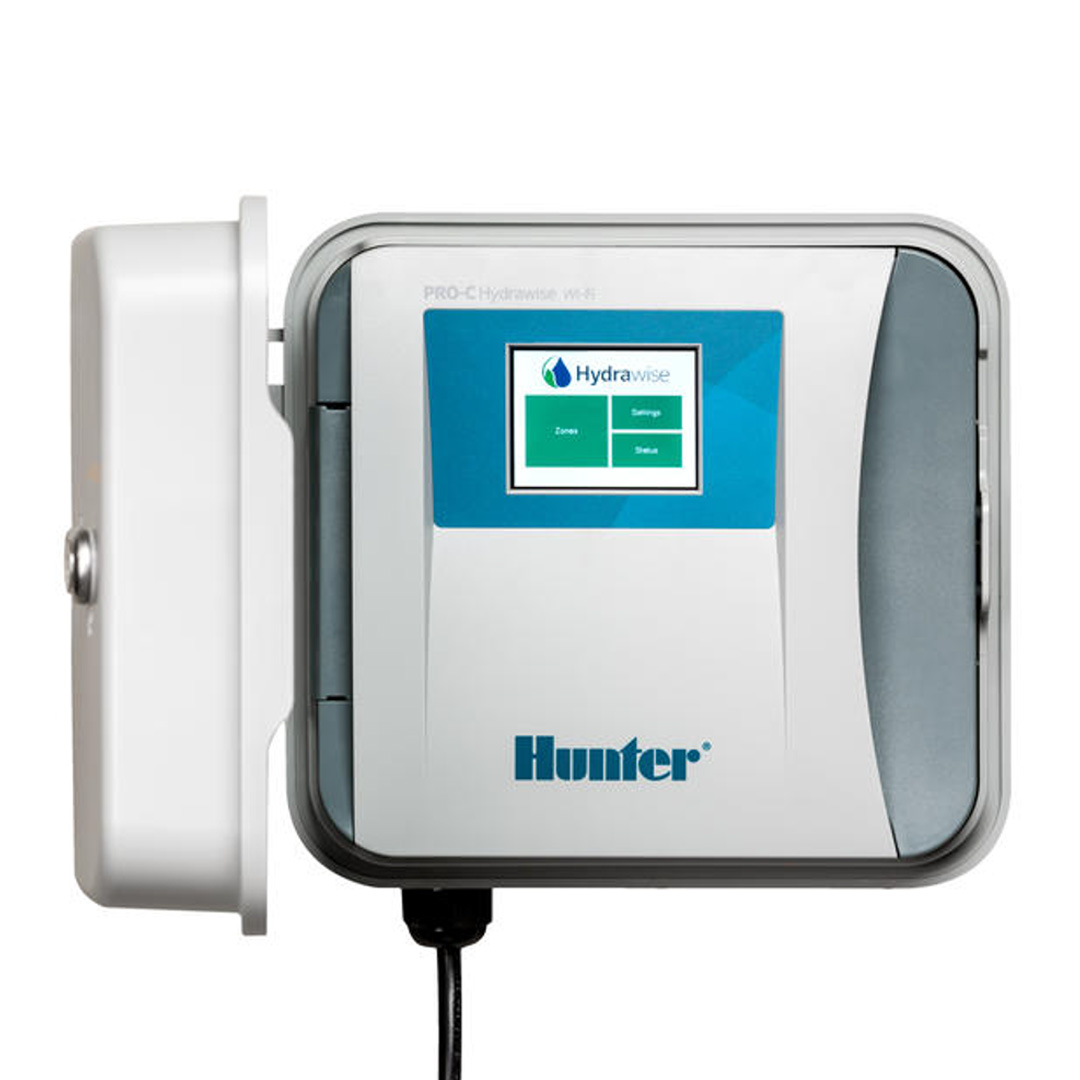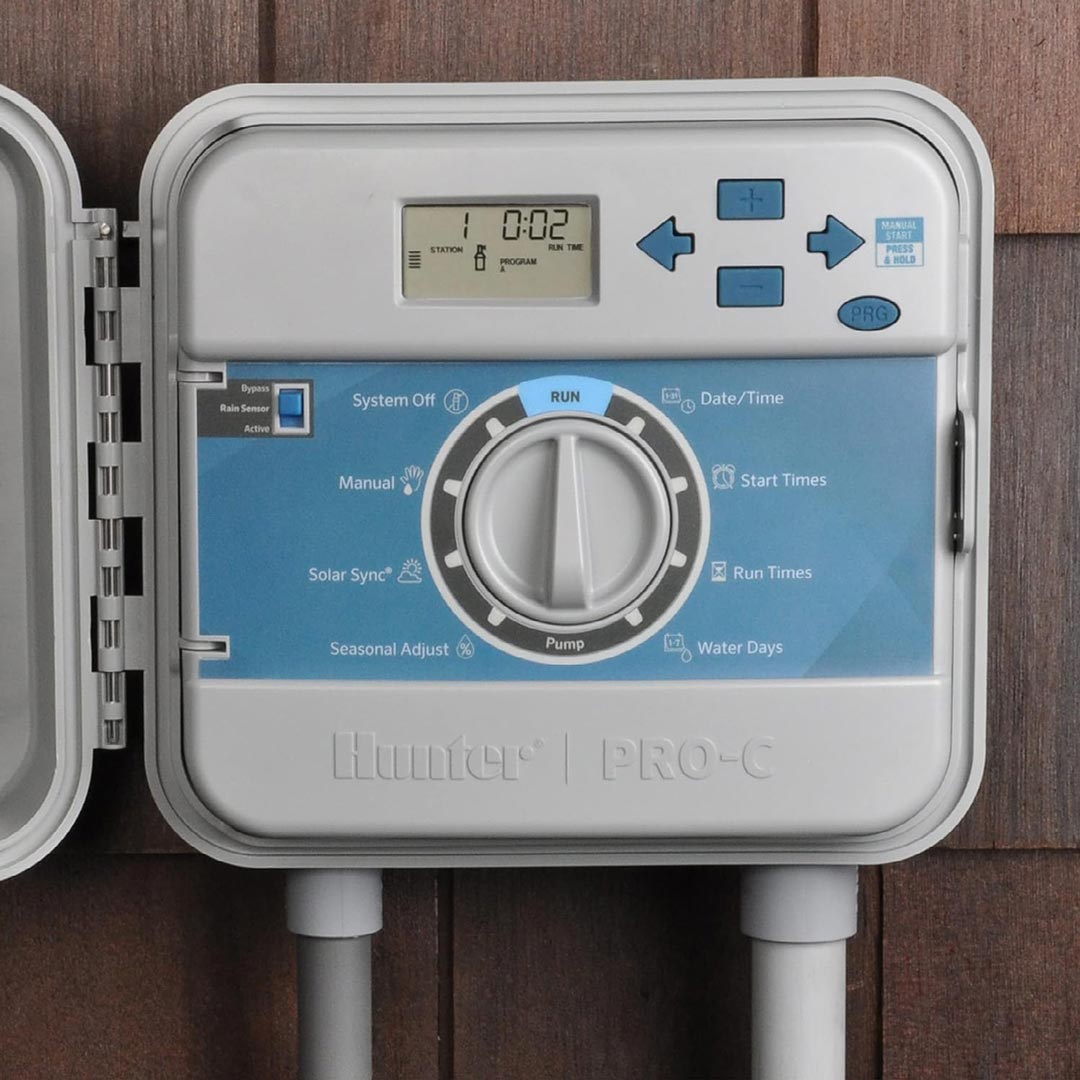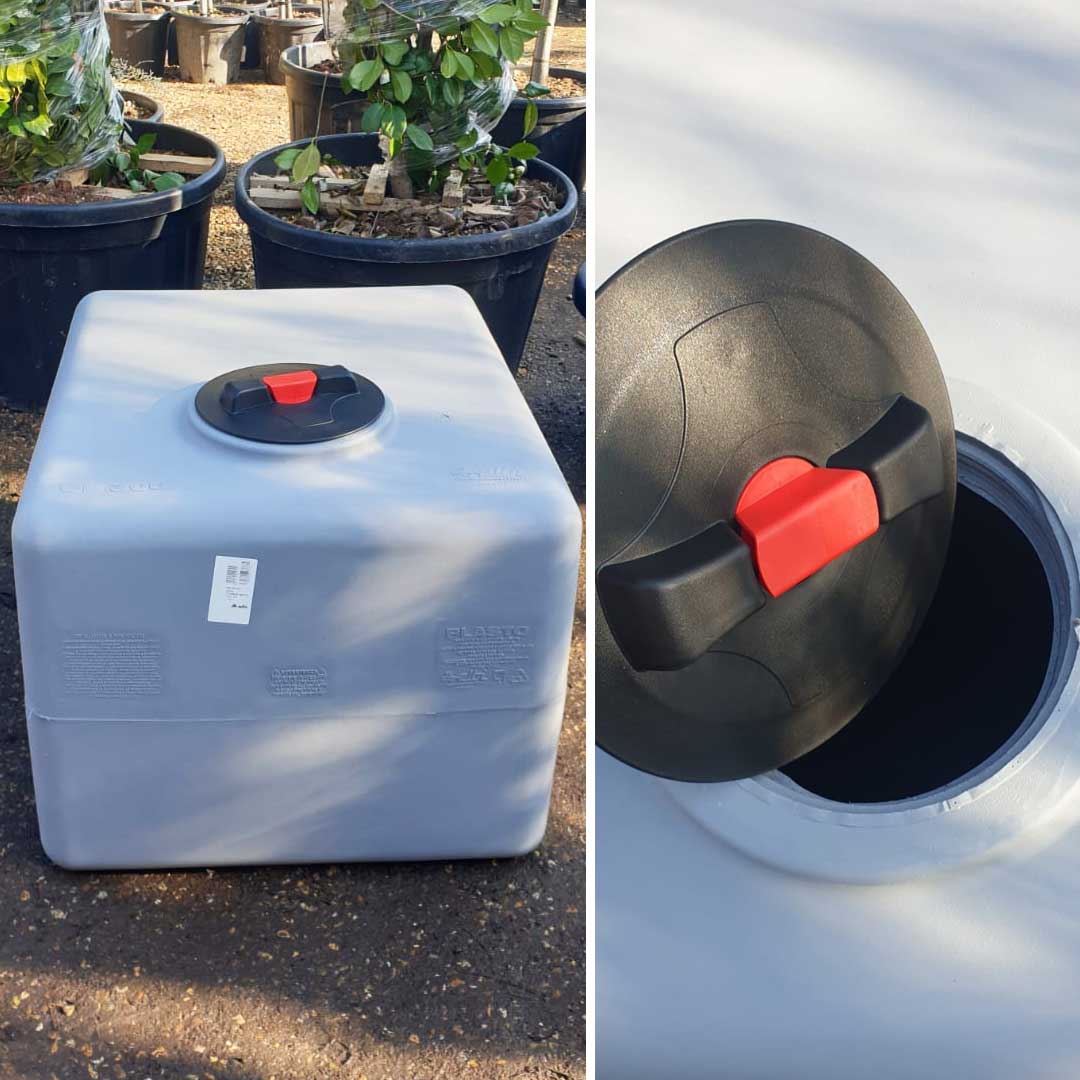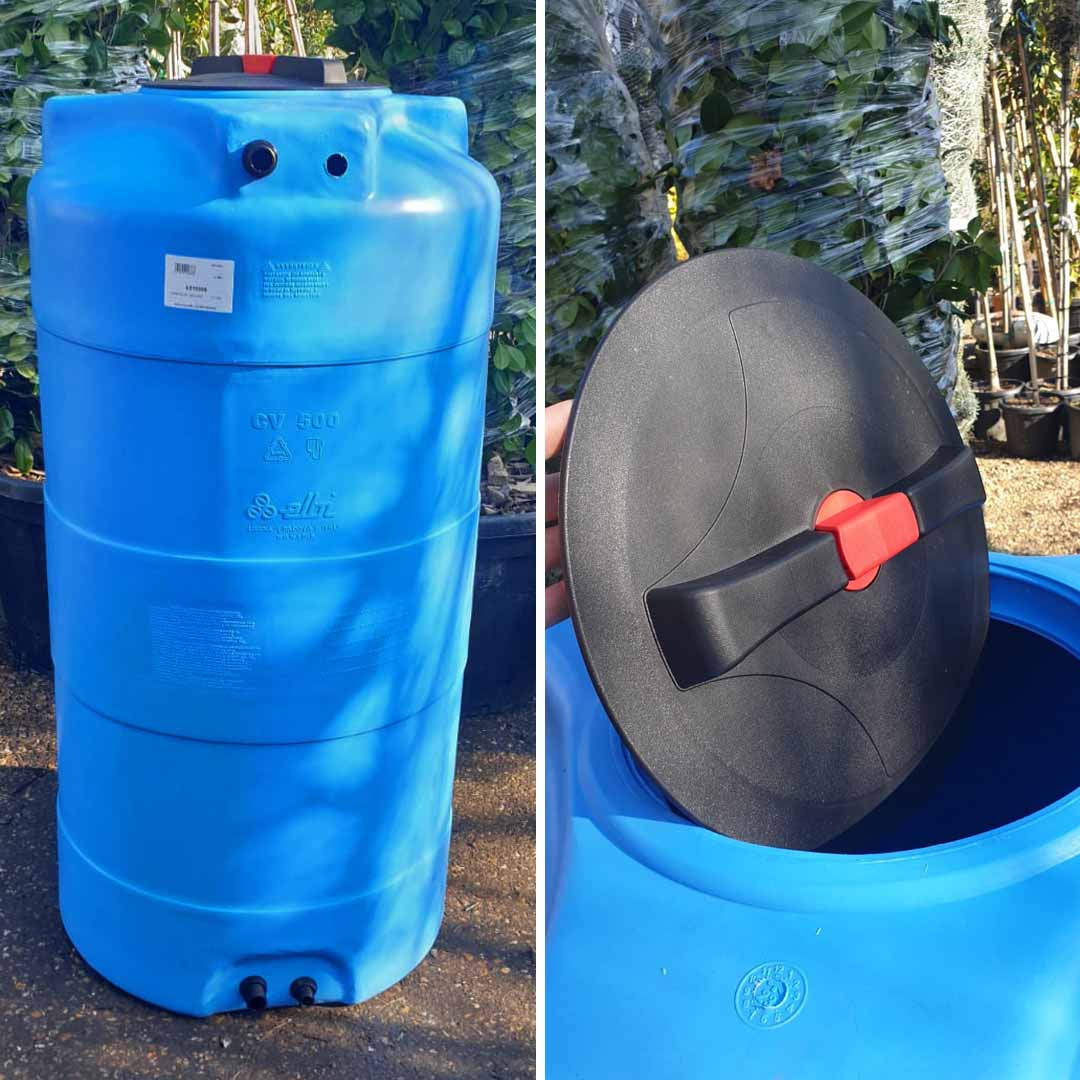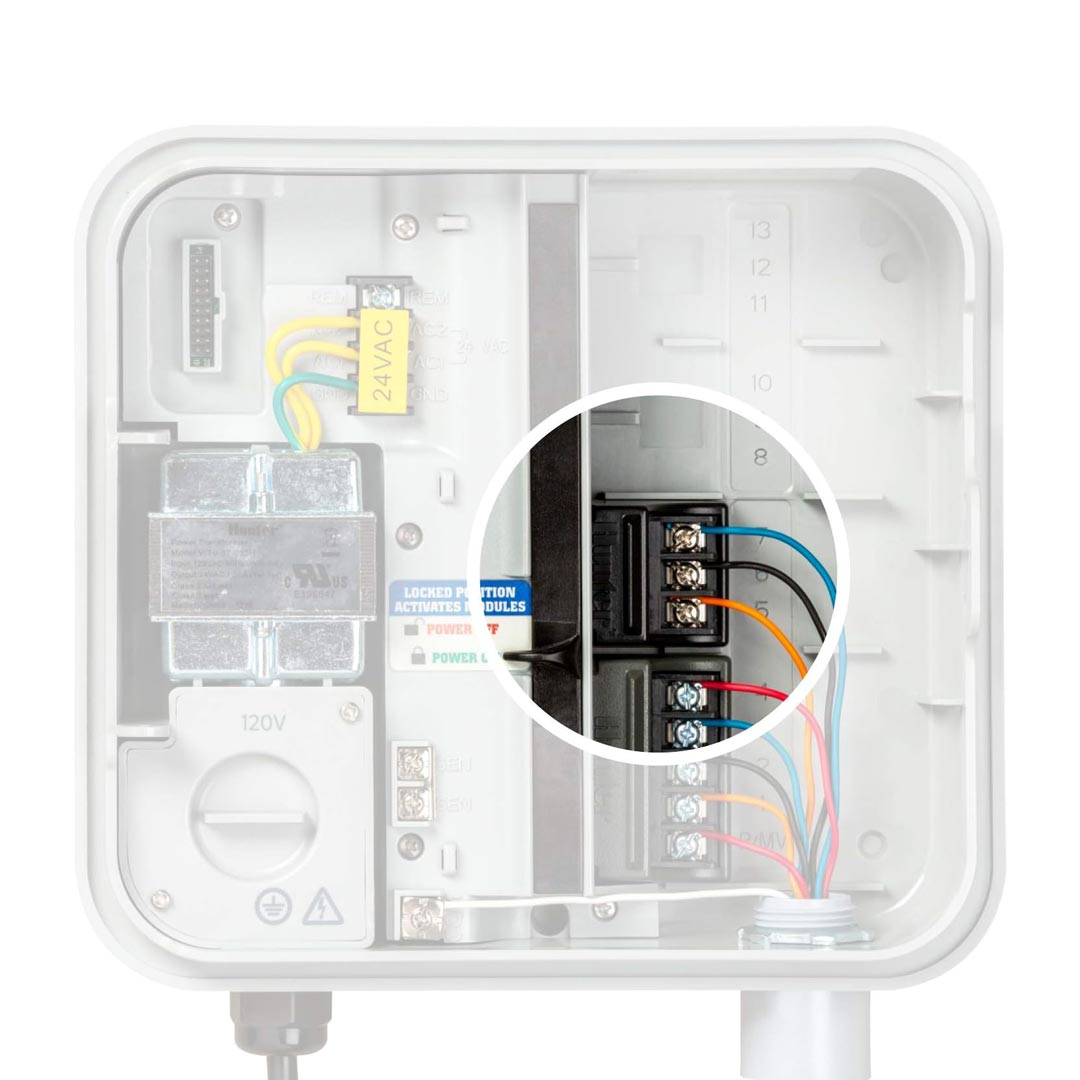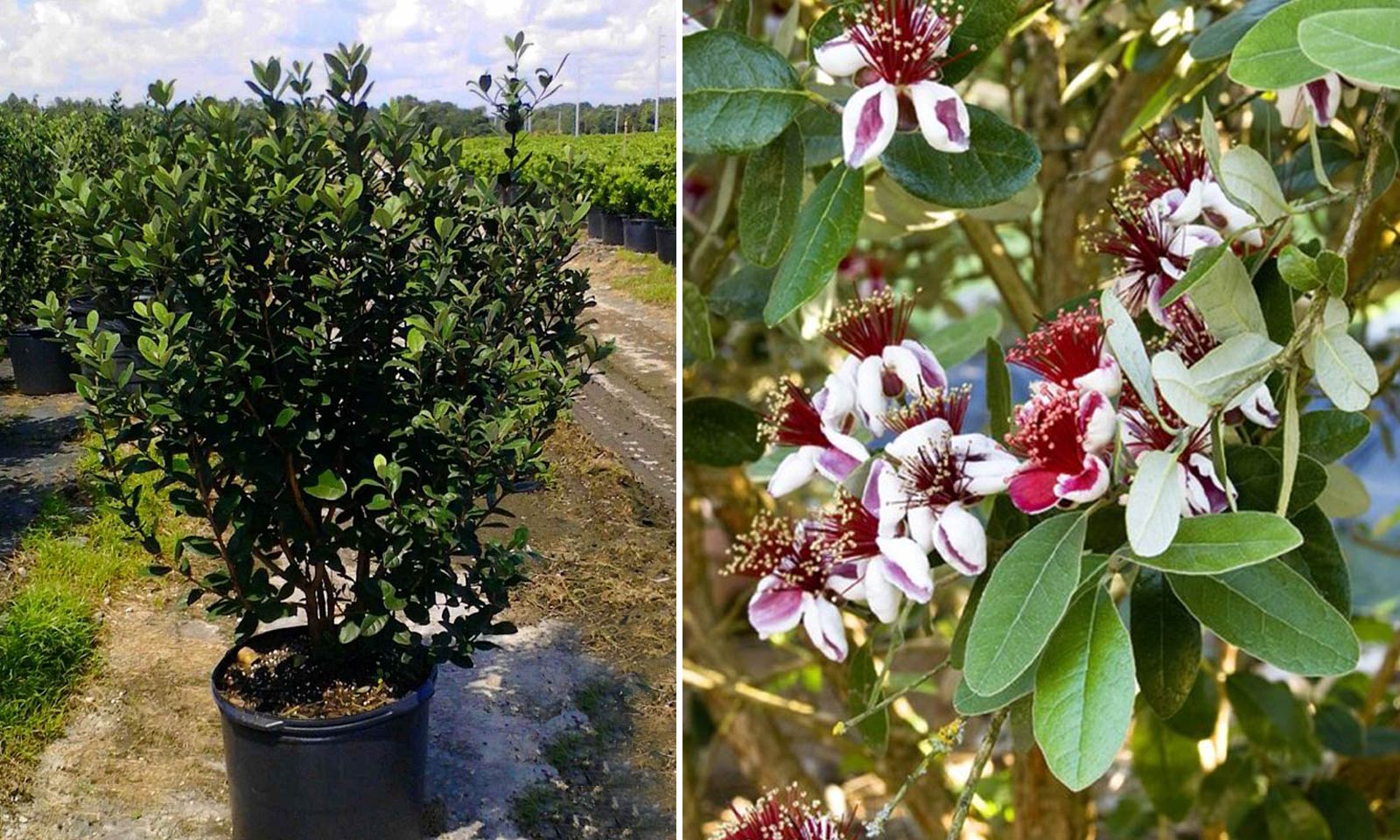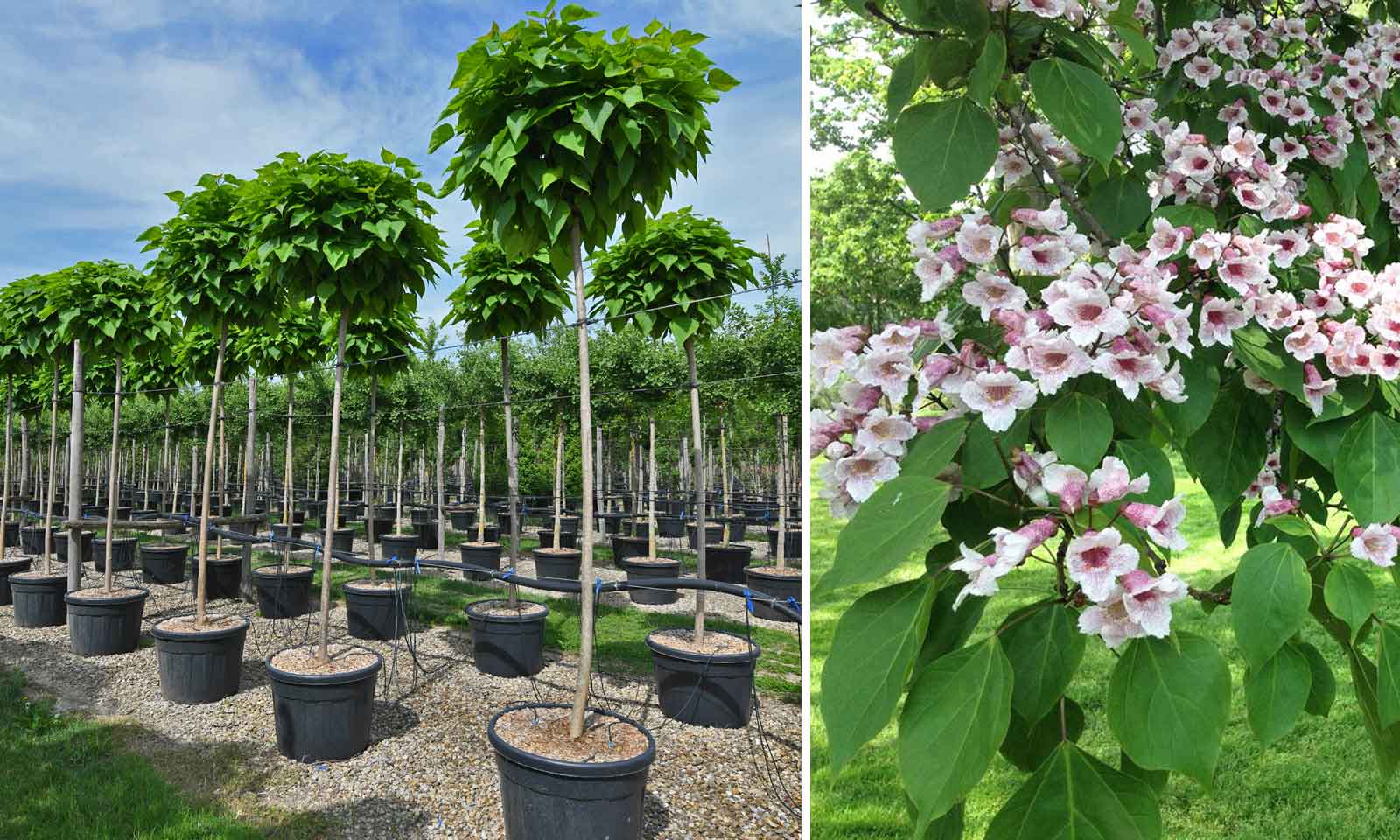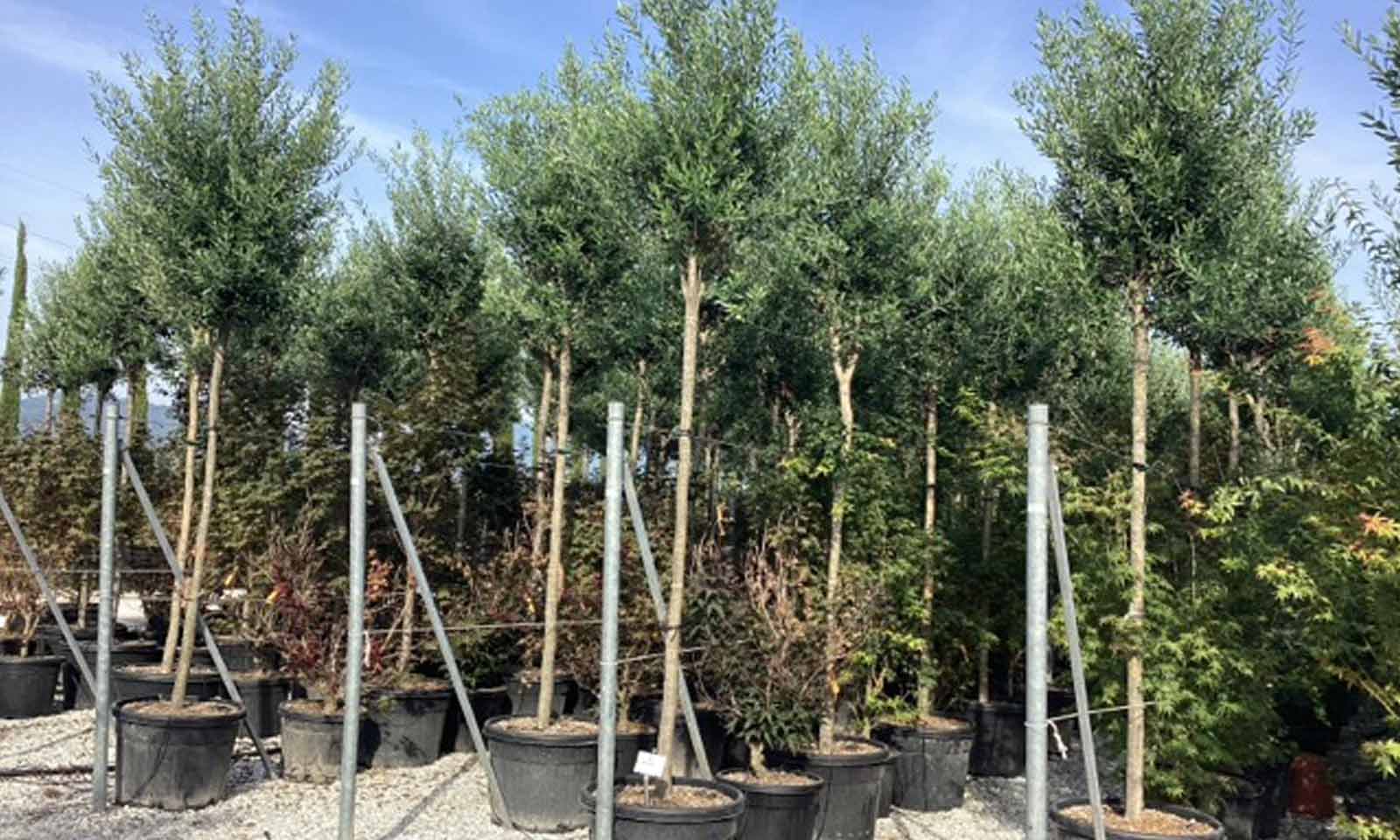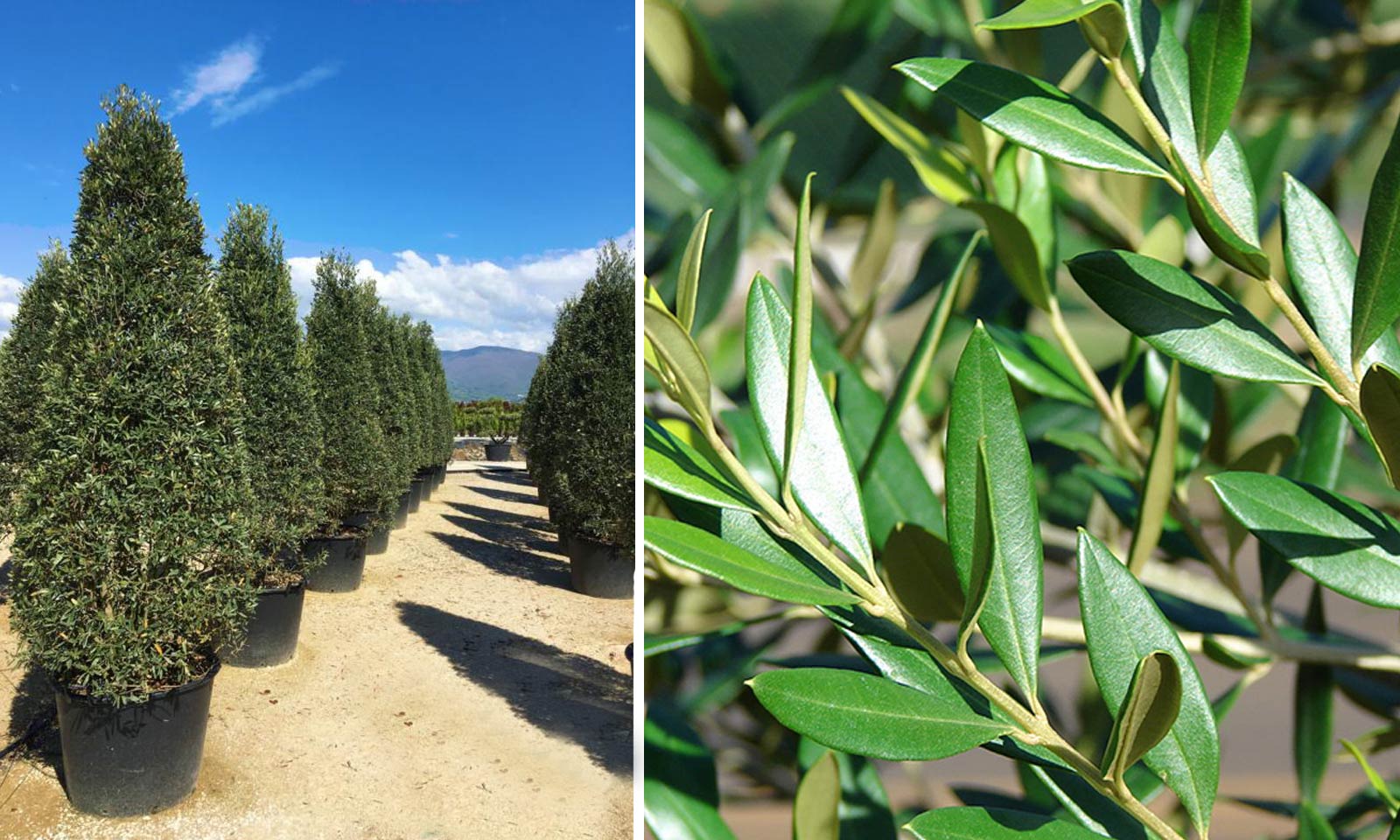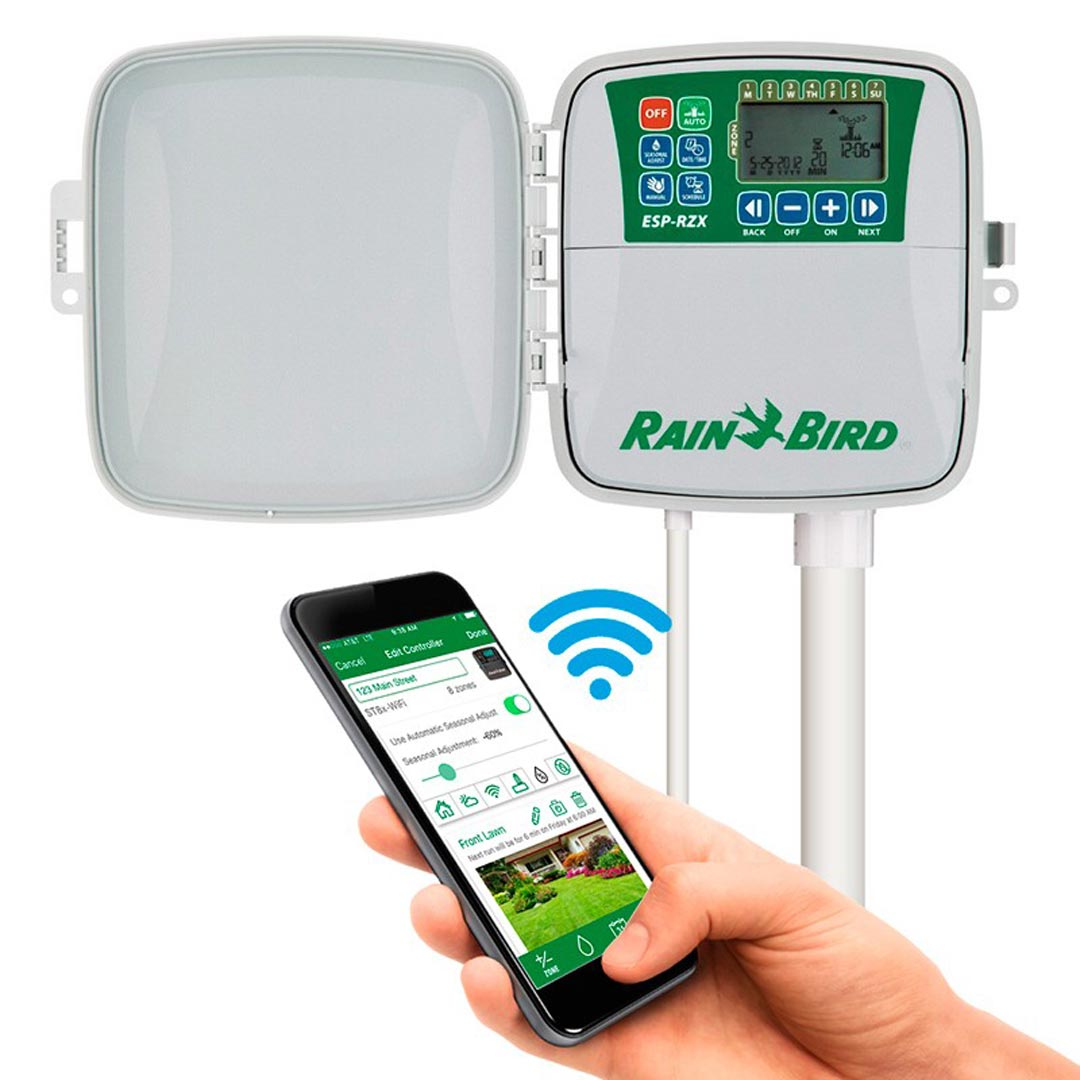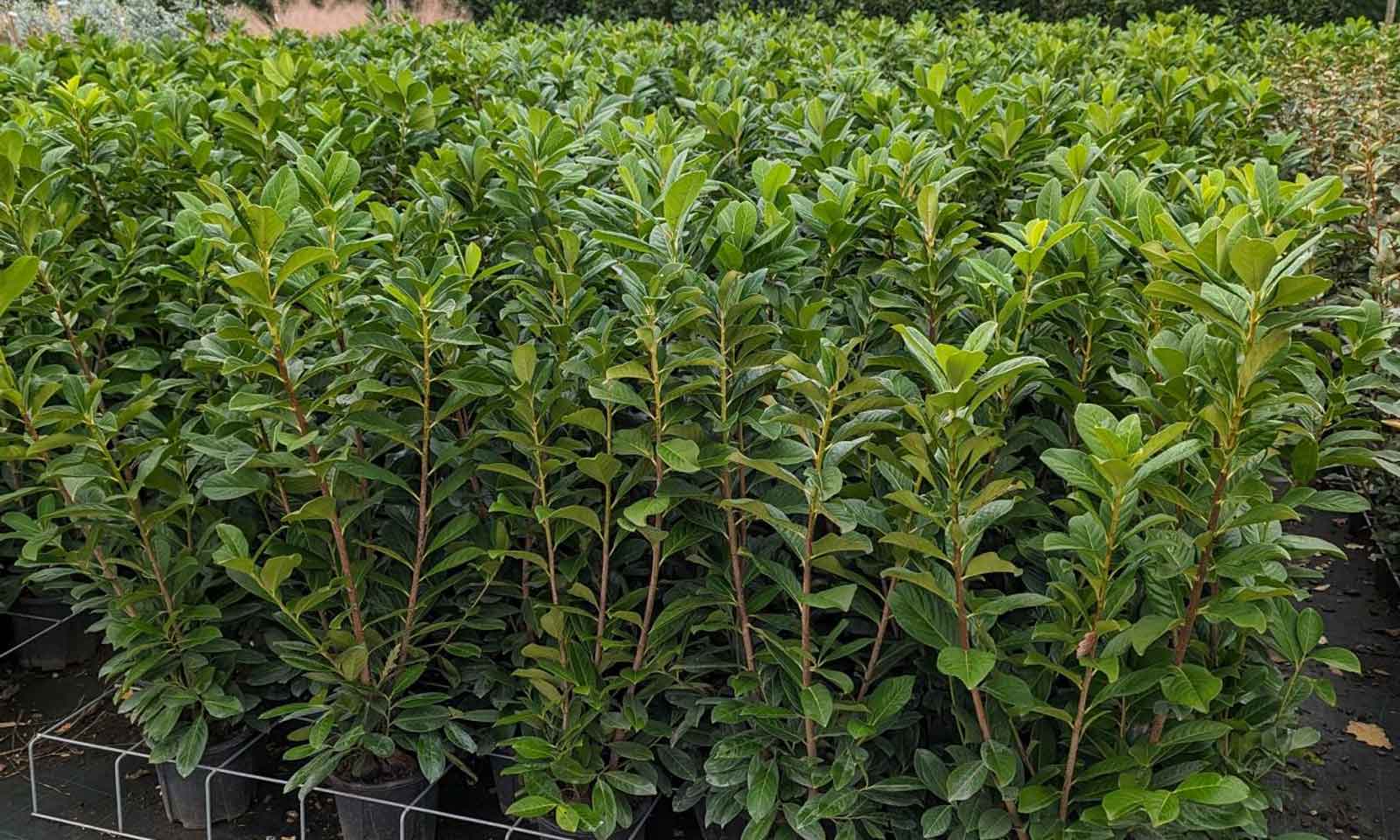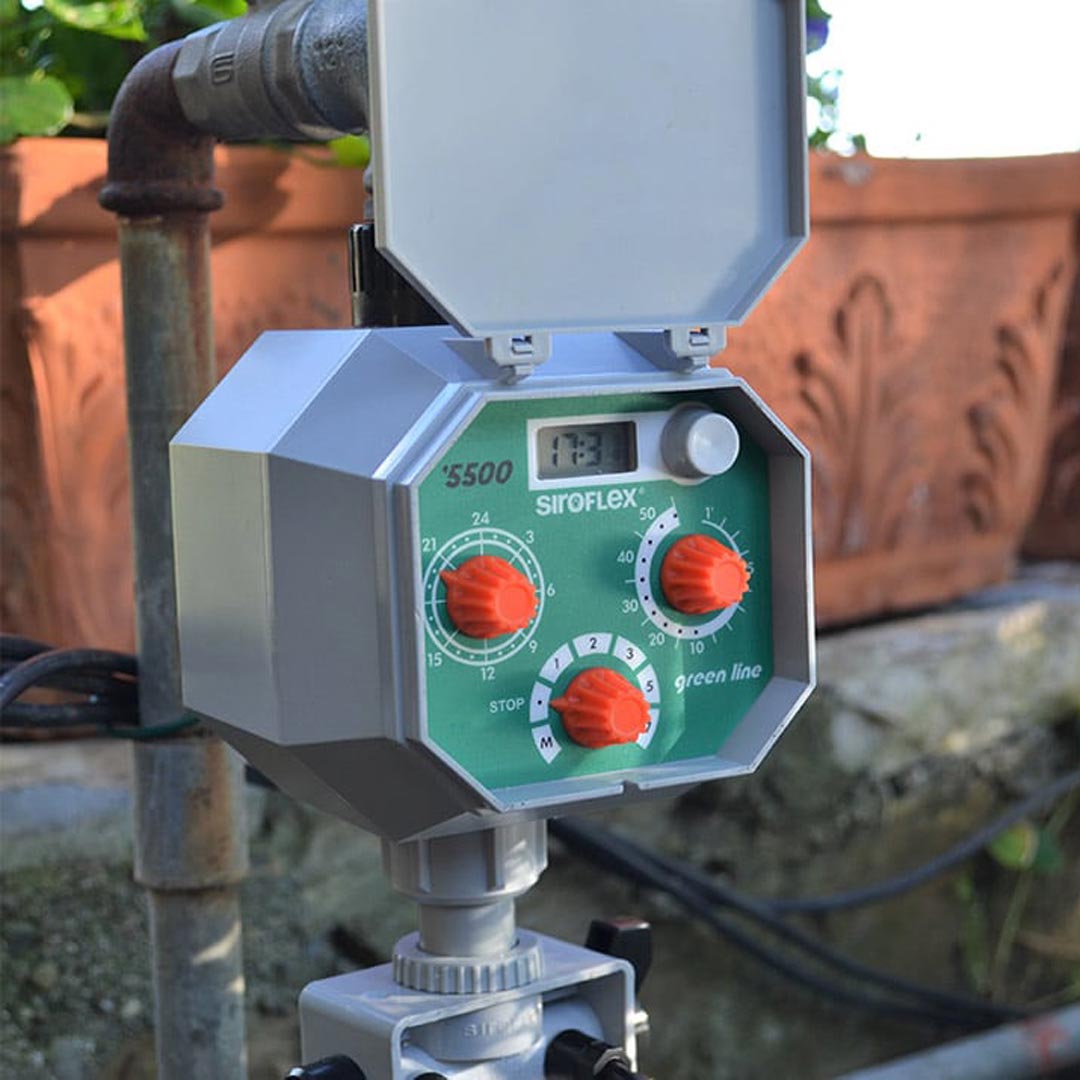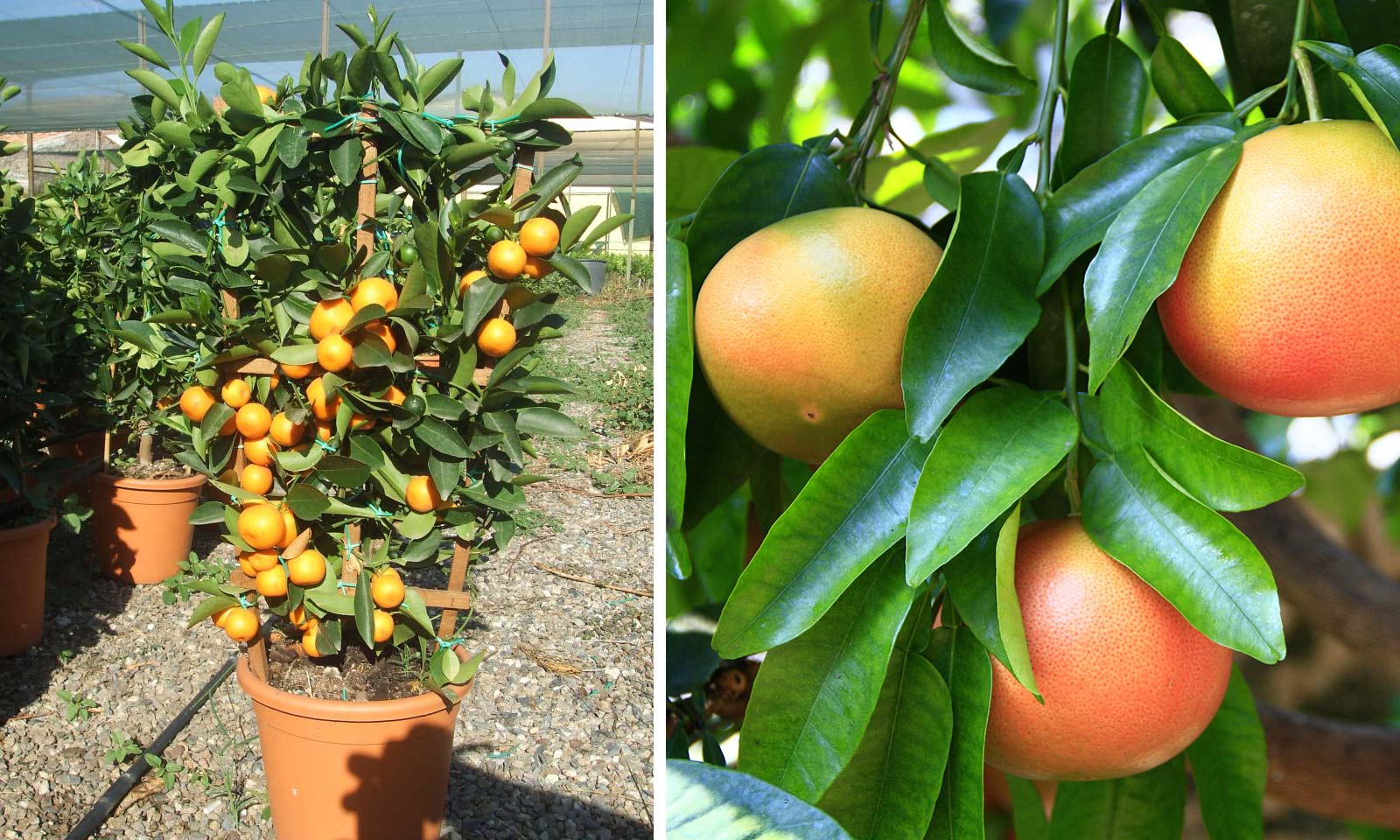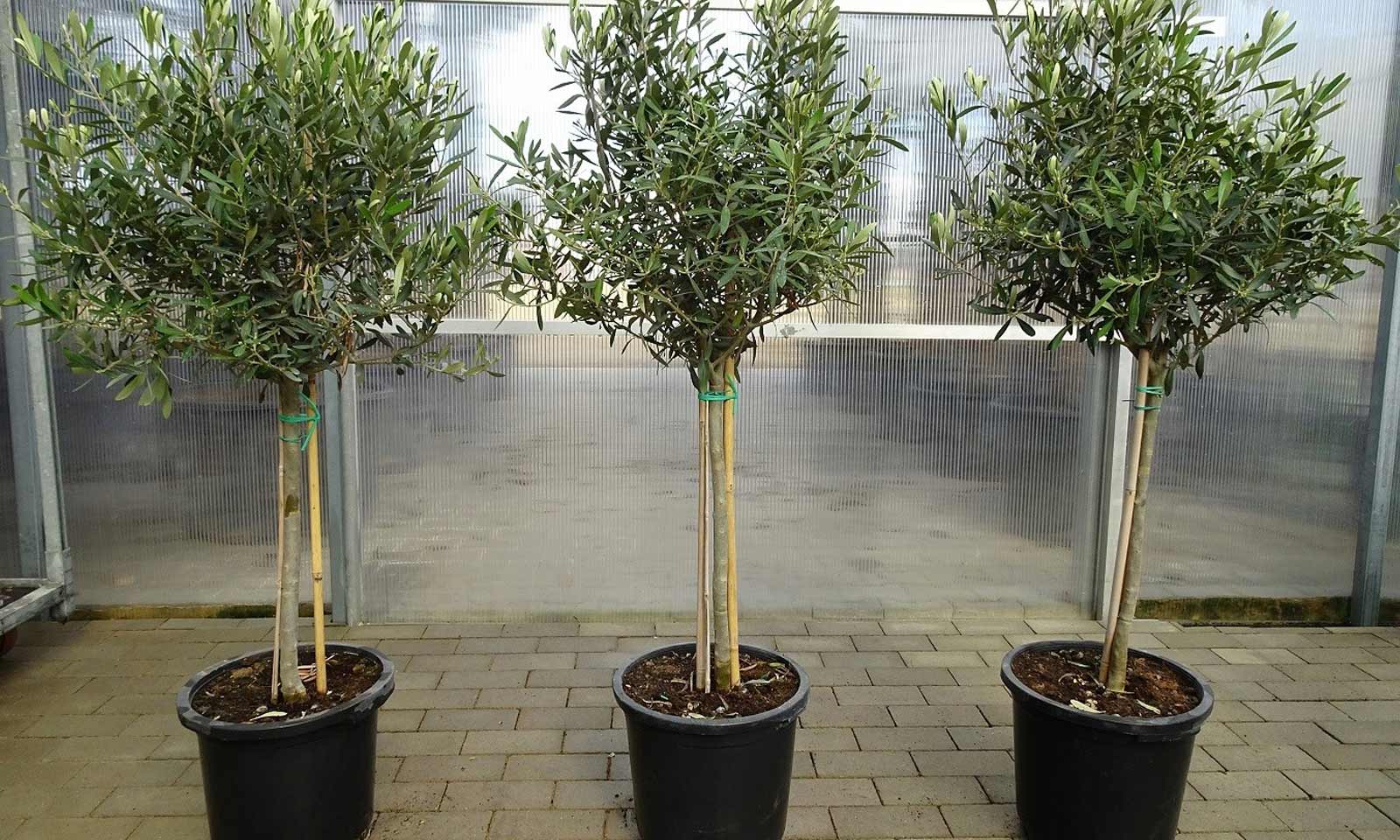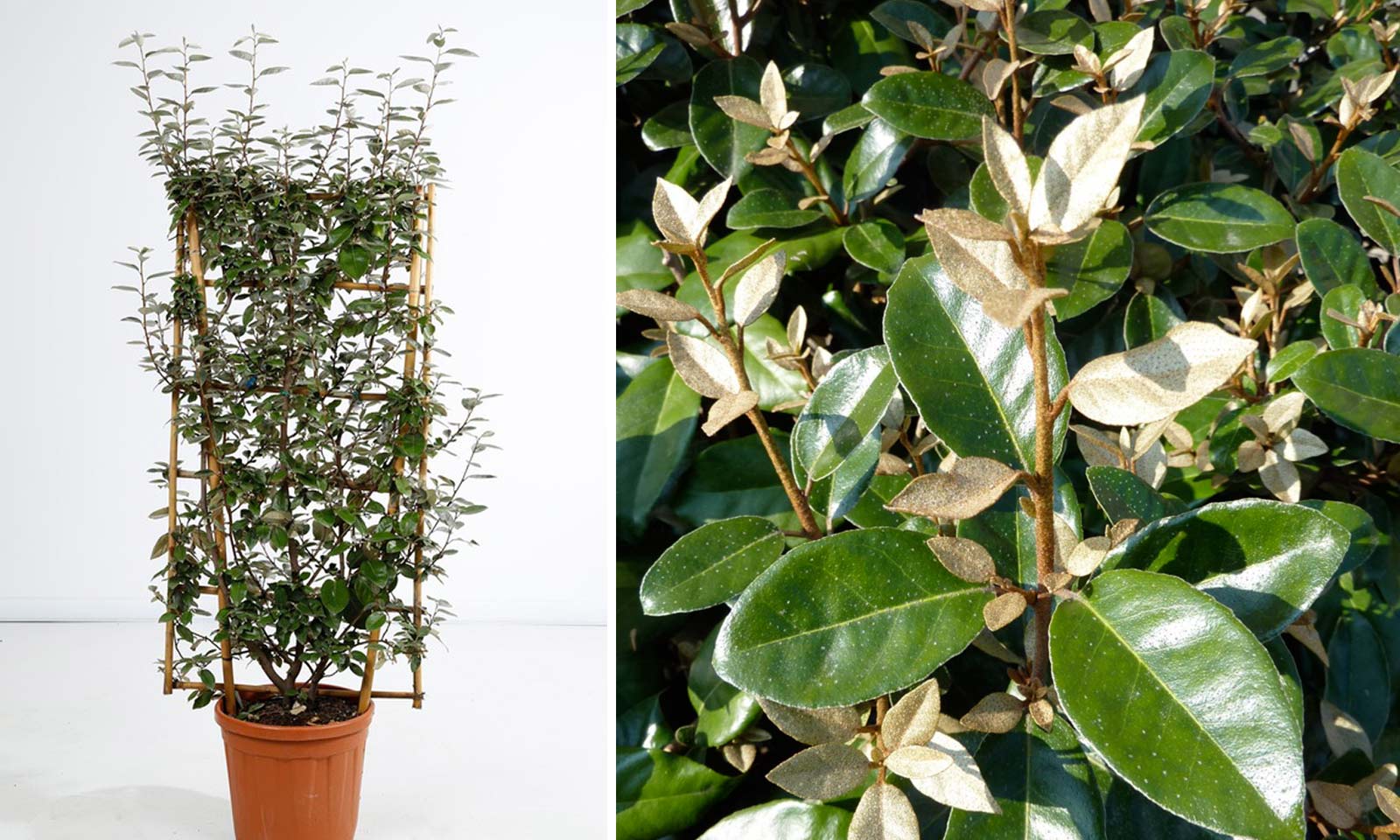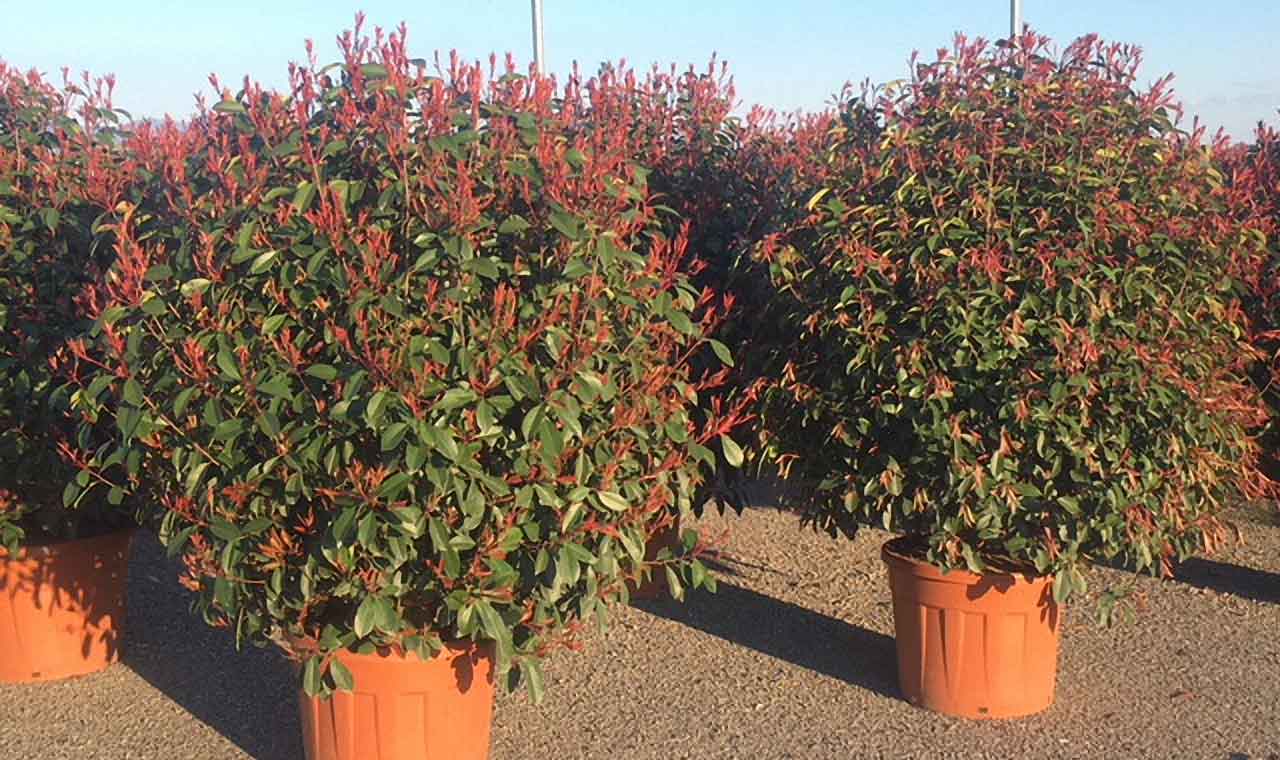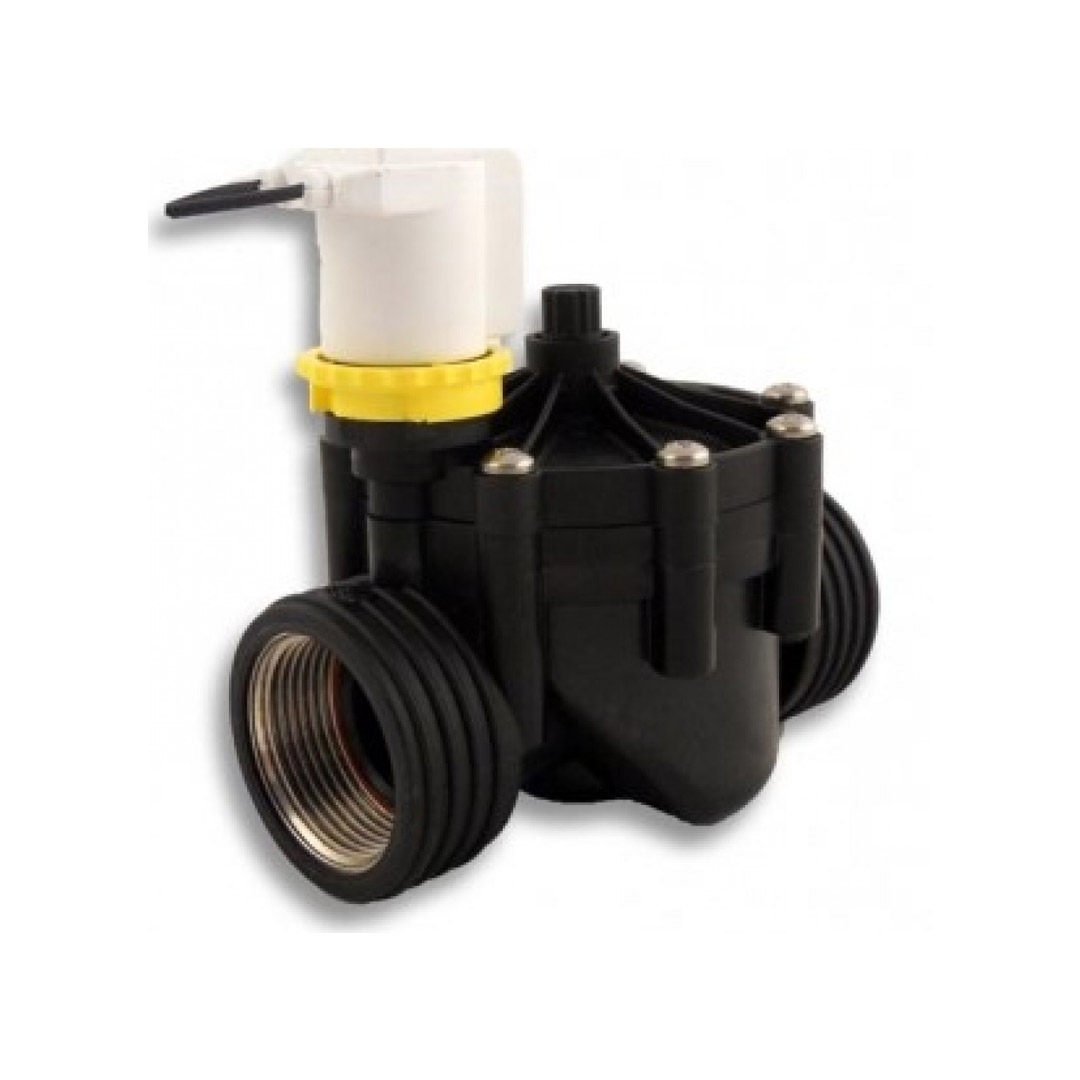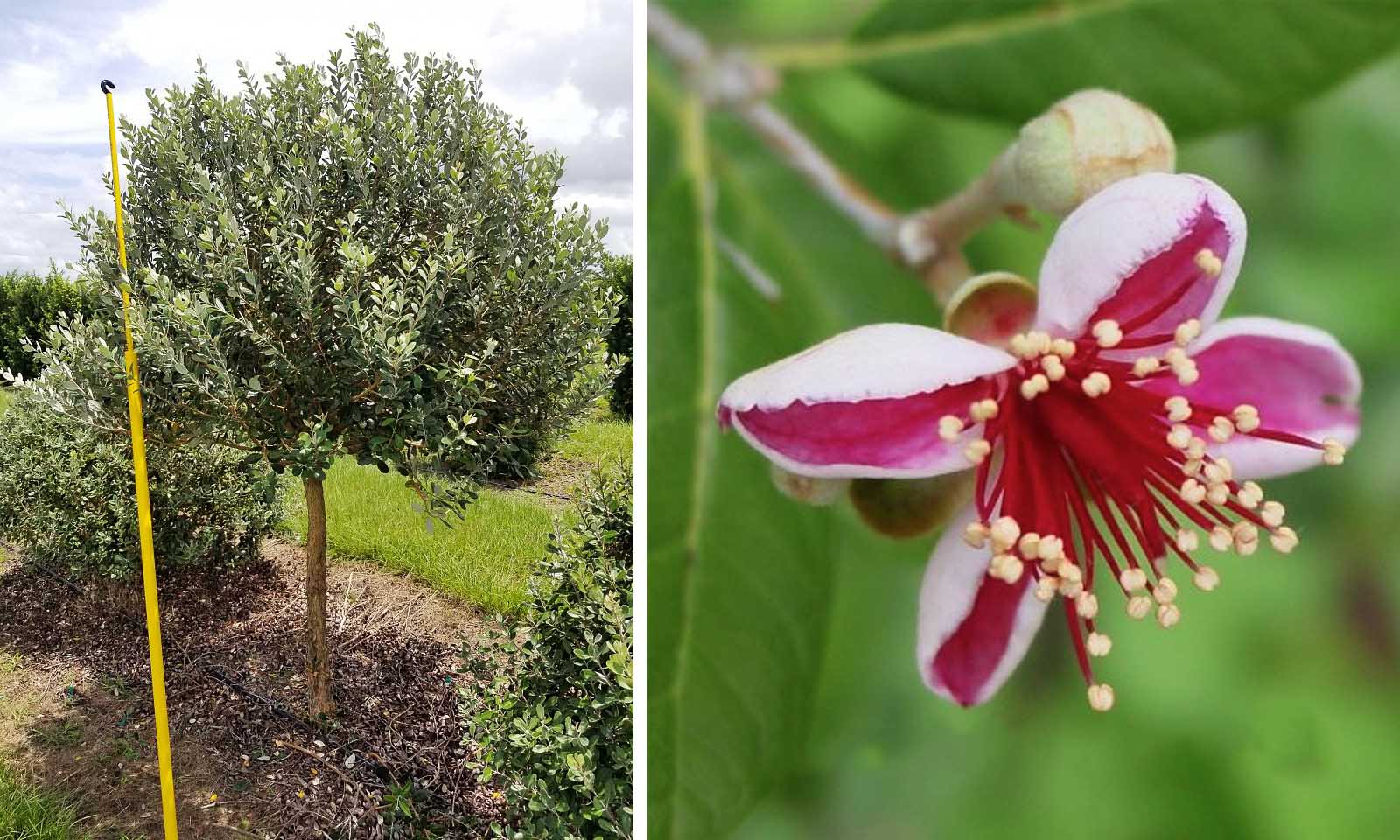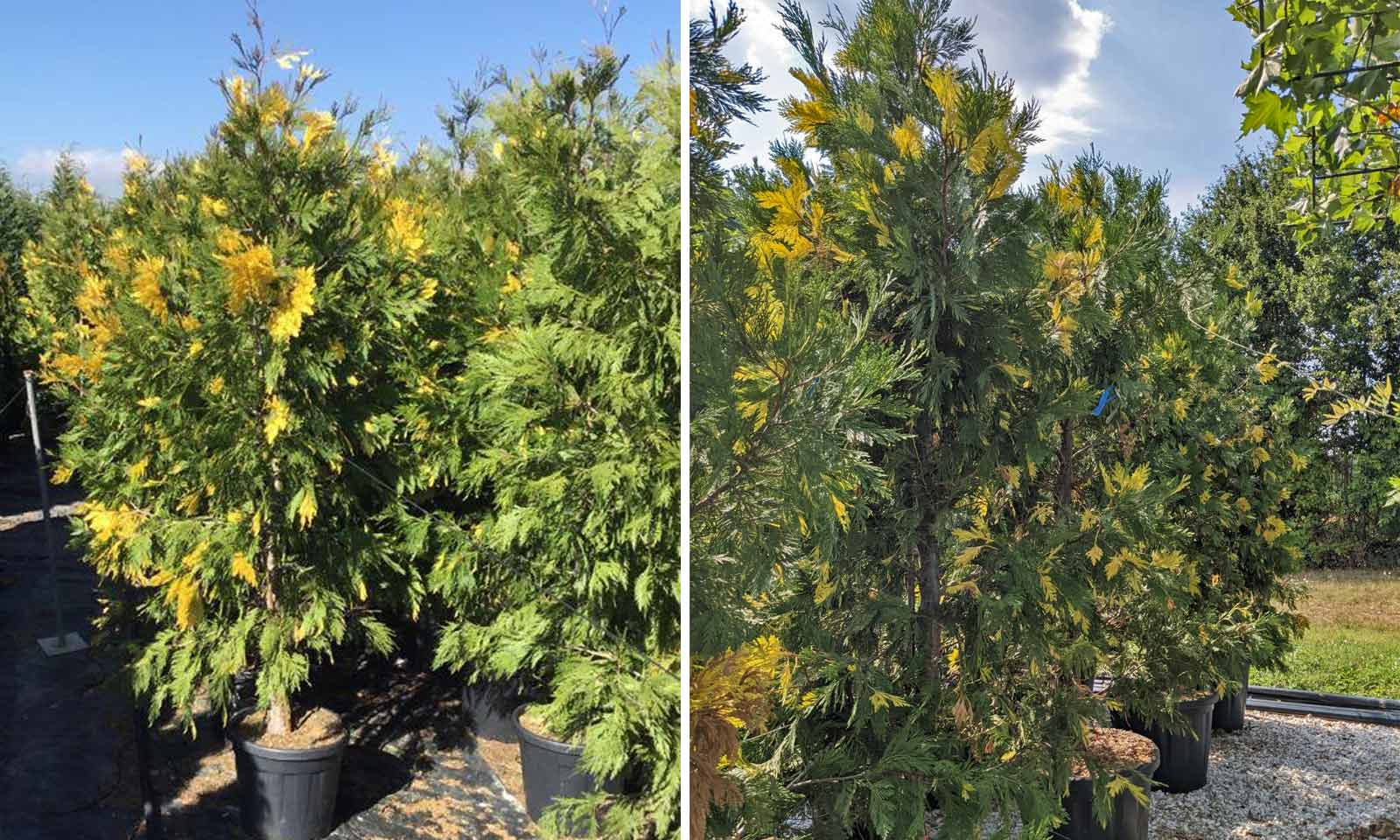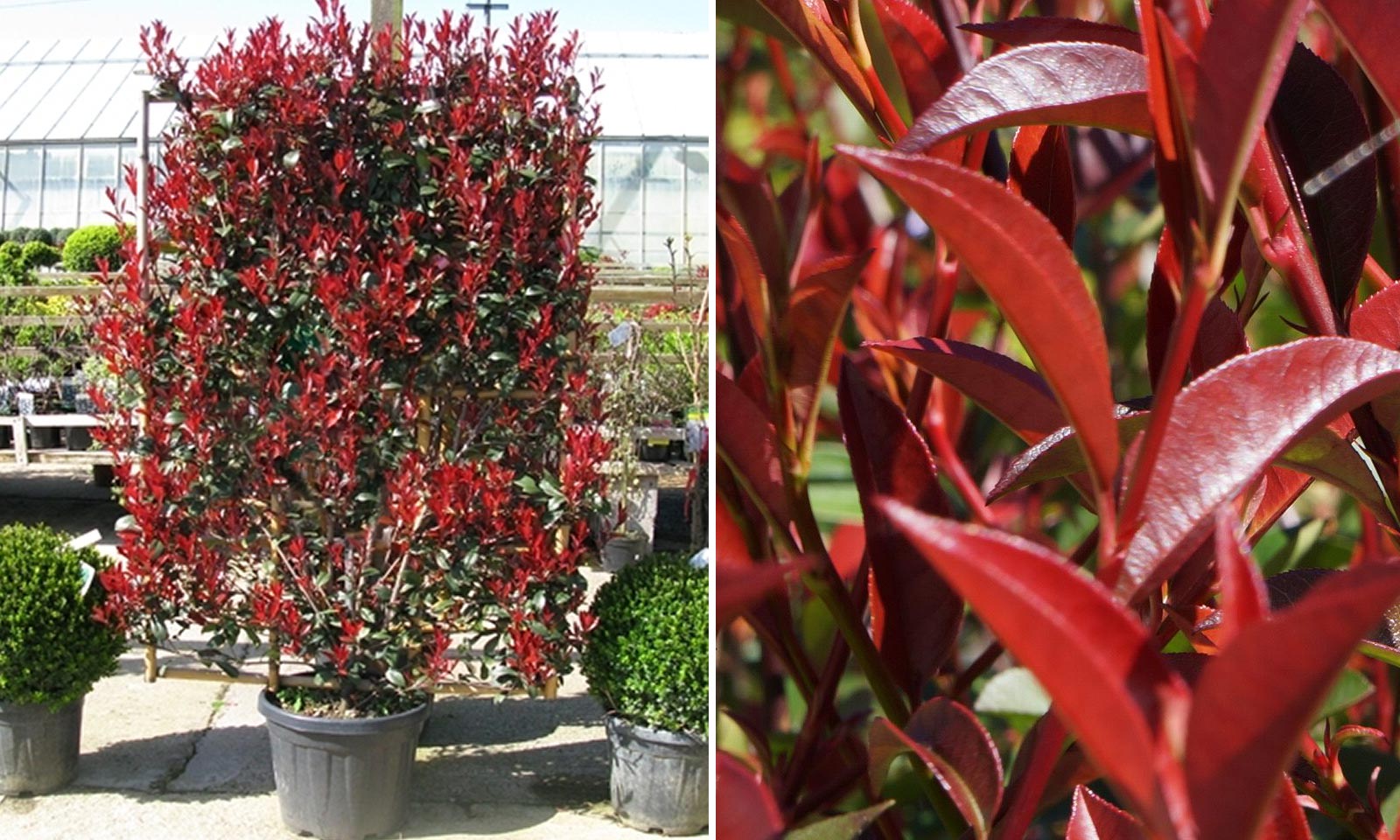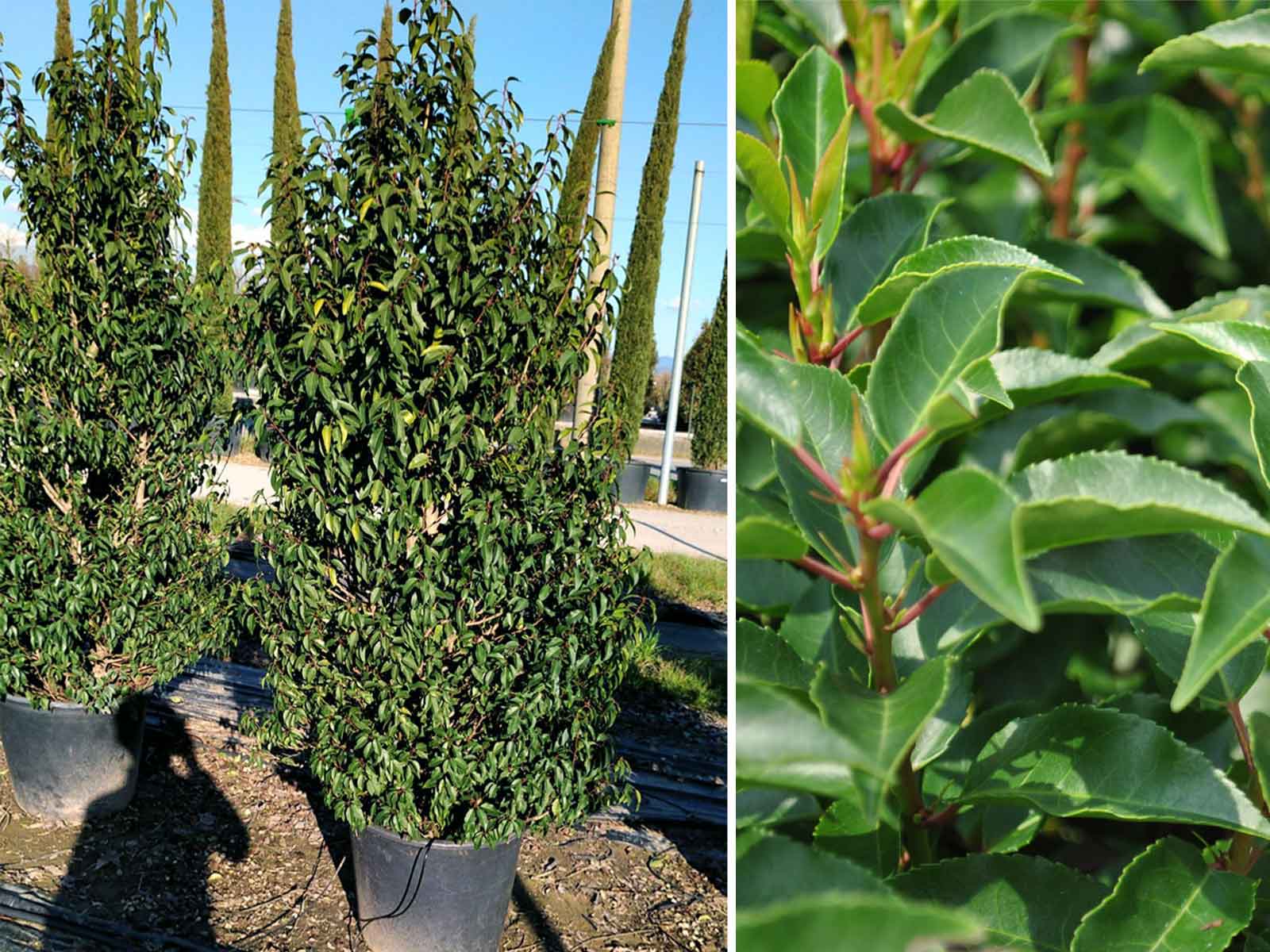Rain Bird WiFi LNK Module
Access and control your irrigation system Rain Bird with your smartphone or tablet, and receive important system alerts in real time.
Automatic seasonal adjustment: Weather data retrieved from the Internet automatically adjusts watering times each day. It ensures your garden receives the right amount of water, saving up to 30% in water resources.
The LNK WiFi Module allows users to remotely connect to the Rain Bird ESP-Me, ESP-RZXe or ESP TM2 irrigation controller via a connection accessory and with an Apple iOS or Android compatible mobile device with Internet access.
The LNK WiFi Module is suitable for existing residential Rain Bird controllers and small commercial users. An easy-to-use solution that makes it simple to access and control an irrigation system Rain Bird, anywhere in the world, using a smartphone or tablet. Real-time alerts and advanced water management tools are now available to everyone remotely, thanks to the LNK WiFi module
Compatible with models Rain Bird: ESP-RZXE ESP-ME ESP-TM2
LNK WiFi Module Features
Simple plug-and-play design:
Designed to work with already installed controllers
To upgrade existing controllers, simply plug the LNK WiFi module into the accessory port and open the app
Works as if you were on-site and provides full access to your irrigation system when you're off-site
Advanced app design:
Easy-to-use app: provides all the access users need and want
Professional features that allow for multi-site management for groundskeepers.
Built-in notifications provide easy access to troubleshooting, simplify service management, and warn of freezing conditions.
Water Savings:
Automatic weather-based adjustments allow you to automatically change daily watering times to save up to 30% water
Exceptional scheduling features designed to reduce the effects of the most stringent water use restrictions
Instant access allows you to manage your system in real time
Simple multi-site management:
Designed for groundskeepers who manage multiple schedulers and sites
Allows programmers to be quickly grouped by location, subdivision, address or other processes applied by the company
Increases technician efficiency and simplifies service management and seasonal plant shutdown/on.
Specifications LNK WiFi module
Supported mobile devices
The LNK WiFi Module mobile application is available for devices running the following operating systems:
iOS 8.0 or later
Android 4.4 (KitKat) or higher
LNK WiFi Module Operating Specifications
Operating temperature: -10° C (14° F) to 65° C (149° F)
Storage temperature: -40° C (-40° F) to 66° C (150° F)
Operating humidity: 95% max. from 10° C to 49° C (50° F to 120° F), non-condensing environment
Electrical Specifications WiFi LNK module
24 Vac (RMS) 50/60 Hz; 55 mA max
Certifications: UL, cUL, CE, CSA, FCC Part 15b, WEEE, S-Mark, IP30, IFETEL
WiFi LNK Module Dimensions
Width: 28.7 mm (1.13")
Height: 1.83" (46.5 mm)
Depth: 12.2 mm (0.48")
Technical features of WiFi LNK module
The LNK WiFi module is designed to connect directly to the accessory port on Rain Bird ESP-Me, ESP-RZXe, or ESP-TM2 irrigation controllers.
The connector interface shall have adequate mechanical strength to prevent accidental disconnection during normal use and to simplify insertion and removal by the user without the use of tools.
The WiFi LN K module supports direct WiFi communication to a mobile device via a WiFi access point (hotspot) from the WiFi LNK module or via a LAN connection from a WiFi router. When the LNK WiFi module is turned on, the internal WiFi access point (hotspot) of the LNK WiFi module is automatically enabled if no LAN connection is available.
The LNK WiFi module supports network communications over a WiFi network connection.
The LNK WiFi module is equipped with a user-accessible configuration button and a dual green and red LED status indicator.
Press the button for a few moments to activate/deactivate the WiFi access point (hotspot) mode of the LNK WiFi module.
The LNK WiFi module is equipped with a factory reset feature that can be accessed from the button on the device. To perform a factory reset, press and hold the button on the LNK WiFi module for 5 seconds.
The weather report of the mobile app shows the current day and the weather forecast for the next 4 days of the set location.
The source of the weather data is as follows: Europe: ECMWF (European Centre for Medium-Range Weather Forecasts)
The mobile app represents the forecasters in tabs that can be organized into groups. The home screen of the mobile app contains all programmers. Users can create additional groups with selected forecasters. Programmer tabs can be manually deleted by the user. Programmer cards on the home screen of the mobile app show an image of the programmer with the name, type, number of supported zones, an
